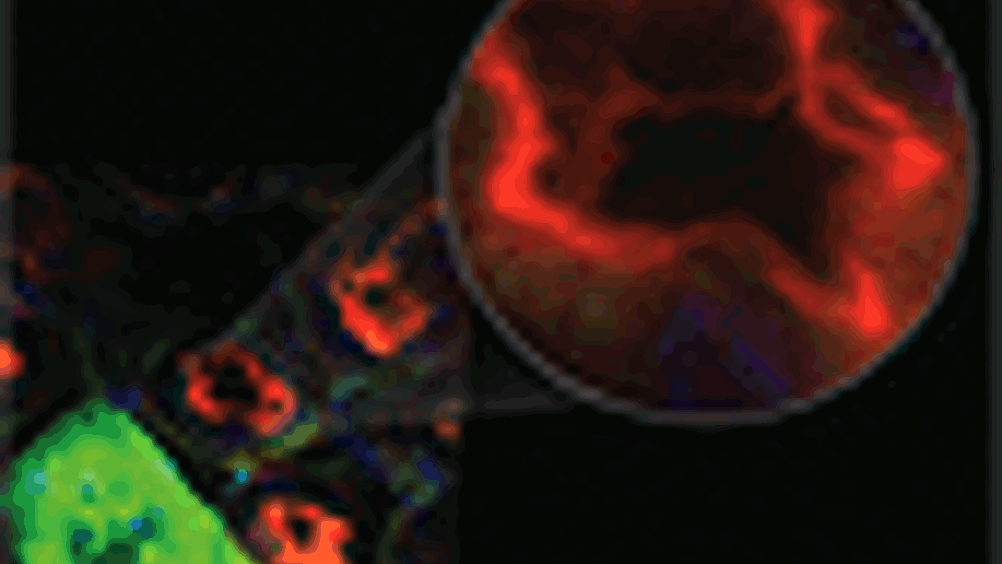A range of possibilities

A consortium led by Qinetiq has received £1m from the DTI to develop a laser that could lead to a wide range of commercial applications in a variety of fields, including healthcare and communications.
Mid-infrared lasers are much sought after because the wavelengths at which they operate - in the range of 3-5 microns - are longer than those of conventional lasers.
Qinetiq's Tim Ashley, the programme leader, said mid-infrared lasers would be particularly useful in detecting certain species of pollutants and environmental gases. As each chemical is detected using different laser wavelengths, a new range of infrared spectrum opens up another group of chemicals that can be detected.
, which is part of the consortium, plans to test the the new lasers for remote gas sensing in the petro-chemical industry.
They could also be useful in the area of free-space optical (FSO) communications, in which data is transmitted using a beam of infrared or visible light instead of using fibre-optics. The advantage of FSO is that lasers can distribute high data rates in built-up, urban environments without the associated cost of copper or fibre connections, said Ashley.
Register now to continue reading
Thanks for visiting The Engineer. You’ve now reached your monthly limit of news stories. Register for free to unlock unlimited access to all of our news coverage, as well as premium content including opinion, in-depth features and special reports.
Benefits of registering
-
In-depth insights and coverage of key emerging trends
-
Unrestricted access to special reports throughout the year
-
Daily technology news delivered straight to your inbox










Breaking the 15MW Barrier with Next-Gen Wind Turbines
The key point s that wind power is intermittent. There is a lot of crowing when it is the main source of power generation but things fall silent when...